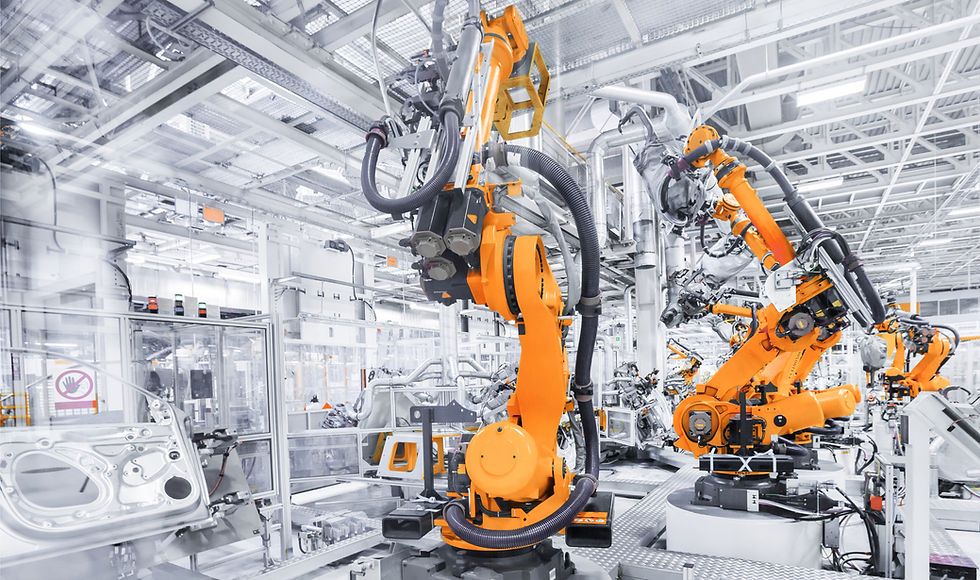Mercedes-Benz’s new type of solar paint technology concept can generate enough electricity to power a vehicle for over 12,000 km per year
- irl
- Oct 14
- 2 min read
Updated: Oct 16
The solar paint offers high efficiency while being environmentally friendly because it contains no rare earth elements or silicon, relying instead on non-toxic and widely available raw materials. It is easy to recycle and significantly more cost-effective to produce than traditional solar modules. Mercedes-Benz’s research team is currently developing ways to apply this innovative solar paint across all exterior vehicle surfaces, regardless of their shape or angle.
These high-energy solar modules, measuring just 5 micrometres in thickness and weighing only 50 grammes per square metre, represent a significant technological breakthrough. Mercedes-Benz is developing a new generation of solar technology that can be seamlessly integrated into a vehicle’s bodywork, much like an ultra-thin layer of paste. The active photovoltaic surface can be applied to virtually any substrate, offering a high efficiency rate of 20%. Under optimal conditions, an 11-square-metre surface, which is approximately the size of a mid-size SUV, can generate sufficient energy to drive up to 12,000 kilometres annually. The electricity produced can either drive the vehicle directly or be stored in the high-voltage battery. The photovoltaic system continues to generate energy even when the car is switched off. In the future, this technology could significantly enhance electric range and reduce the need for frequent charging stops.
The energy output varies based on shading, sunlight intensity, and geographical location. For instance, Mercedes-Benz drivers in Stuttgart, Germany, travel an average of 52 kilometres per day, with approximately 62% of that distance potentially powered by solar energy. In Los Angeles, the solar radiation is even higher, allowing drivers to meet 100% of their daily driving needs through solar power alone. Any excess energy generated can be fed back into the home grid via bidirectional charging.
Source: Mercedes-Benz Group





Comments